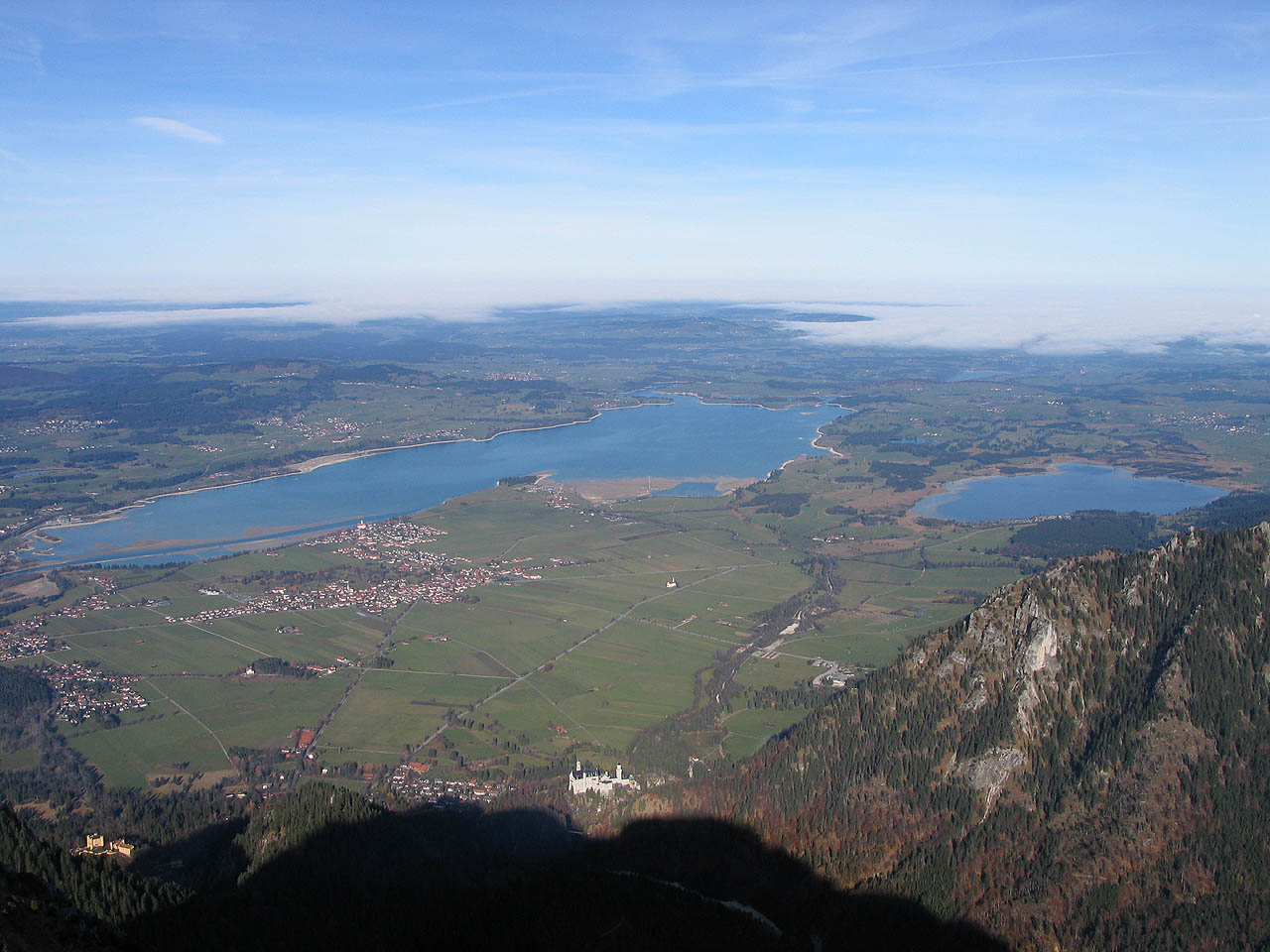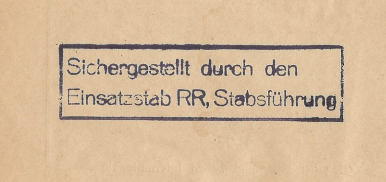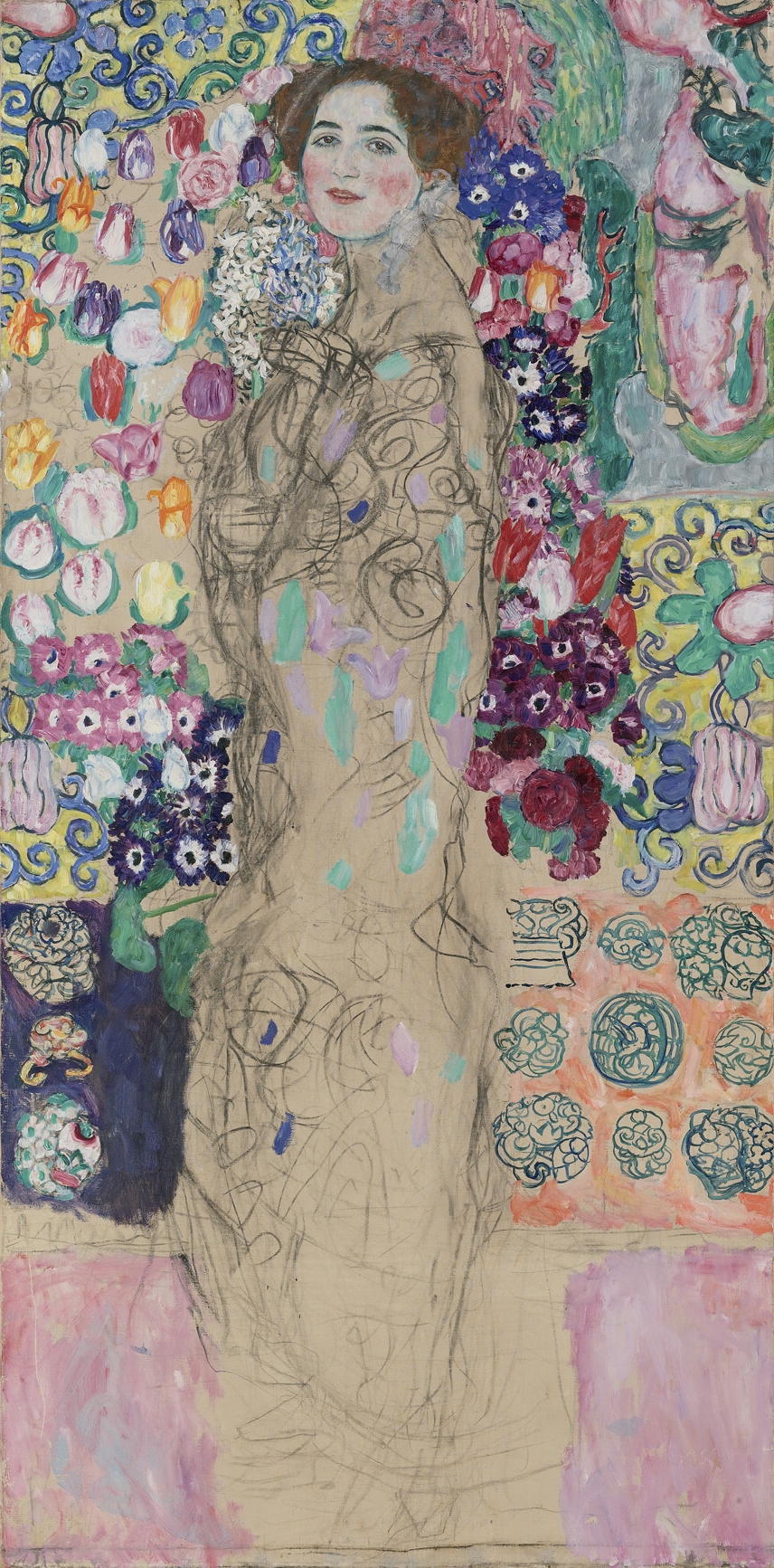|
The Warlock (Spitzweg)
''The Warlock'', also known as ''The Wizard and the Dragon'', is the title of two oil on canvas paintings by German painter Carl Spitzweg, from 1875 and 1880. The original painting is now held in the Museum Georg Schäfer, in Schweinfurt, while the other is in a private collection. The two paintings are almost identical in motif but differ in size and color. Description In the lower half of the painting, a warlock stands in the middle of a dark rocky landscape. Around him six or seven skulls were arranged in a circle. He has his staff held high in a pose similar to a schoolmaster or a tamer. In front of him, a not very large dragon rises with its mouth open, clinging to a boulder with its front paws, around which its snake-like tail is wrapped. The mythical animal black wings stand out against a red glow that comes from the underground, probably from a crevice in the rock. Thick, lead-gray smoke curls above it, behind which a sunlit fairytale castle becomes visible next to a tower ... [...More Info...] [...Related Items...] OR: [Wikipedia] [Google] [Baidu] |
Carl Spitzweg
Carl Spitzweg (February 5, 1808 – September 23, 1885) was a German romantic painter, especially of genre subjects. He is considered to be one of the most important artists of the Biedermeier era. Life and career Spitzweg was born in Munich, Bavaria, the second of three sons of Franziska (née Schmutzer) and Simon Spitzweg. His mother belonged to Munich's upper middle class as the daughter of a wealthy fruit wholesaler. The family's property at Neuhausergasse (today: Neuhauser Straße) 14 was a stately property that later gave Carl Spitzweg financial independence through his inheritance. Carl's father came from the village of Unterpfaffenhofen near the town of Fürstenfeldbruck in today's Fürstenfeldbruck district (in Upper Bavaria), where his family had become wealthy. Until 1807, Spitzweg's father's business base was the trade in spices in Munich. His relatives controlled thriving fruit businesses. Simon Spitzweg was an educated businessman who gained respect and reputa ... [...More Info...] [...Related Items...] OR: [Wikipedia] [Google] [Baidu] |
Oil On Canvas
Oil painting is a painting method involving the procedure of painting with pigments combined with a drying oil as the binder. It has been the most common technique for artistic painting on canvas, wood panel, or copper for several centuries. The advantages of oil for painting images include "greater flexibility, richer and denser color, the use of layers, and a wider range from light to dark". The oldest known oil paintings were created by Buddhist artists in Afghanistan, and date back to the 7th century AD. Oil paint was later developed by Europeans for painting statues and woodwork from at least the 12th century, but its common use for painted images began with Early Netherlandish painting in Northern Europe, and by the height of the Renaissance, oil painting techniques had almost completely replaced the use of egg tempera paints for panel paintings in most of Europe, though not for Orthodox icons or wall paintings, where tempera and fresco, respectively, remained the usua ... [...More Info...] [...Related Items...] OR: [Wikipedia] [Google] [Baidu] |
Museum Georg Schäfer
The Museum Georg Schäfer is a German art museum in Schweinfurt, Bavaria. Based on the private art collection of German industrialist Georg Schäfer (1896–1975), the museum primarily collects 19th-century paintings by artists from German-speaking countries. History Having already inherited a nucleus of 19th-century German and Austrian paintings from his father, in the 1950s Georg Schäfer began actively collecting paintings by old masters and forgotten ''"lesser"'' masters which, at that time, were being overlooked by the more conservative regional art centres of Munich, Berlin, Dresden and Vienna. He bought much of the art in the 1950s from dealers in Munich, including from Heinrich Hoffmann, Adolf Hitler's personal photographer, who was deeply involved in Nazi-looted art. As early as 1959, architect Erich Schelling drew up plans for a museum to house the collection. A later design by Mies van der Rohe was rejected when the Schweinfurt city council declined to assume the cost ... [...More Info...] [...Related Items...] OR: [Wikipedia] [Google] [Baidu] |
Schweinfurt
Schweinfurt ( , ; ) is a town#Germany, city in the district of Lower Franconia in Bavaria, Germany. It is the administrative centre of the surrounding Schweinfurt (district), district (''Landkreis'') of Schweinfurt and a major industrial, cultural and educational hub. The urban agglomeration has 100,200 (2018) and the city's catchment area, including the Main-Rhön region and parts of South Thuringia, 759,000 inhabitants. Schweinfurt was first documented in 791 and is one of the oldest cities in Bavaria. Around 1000 the Margraves of Schweinfurt controlled large parts of northern Bavaria. From the 12th century until 1802 Schweinfurt was a Free imperial city within the Holy Roman Empire; around 1700 it became a centre of Renaissance Humanism, humanist activity, and in 1770 the city's 250-year industrial history began. During World War II, the Americans suffered their biggest air defeat over Schweinfurt in the Second Raid on Schweinfurt ''(Black Thursd ... [...More Info...] [...Related Items...] OR: [Wikipedia] [Google] [Baidu] |
Neuschwanstein Castle
Neuschwanstein Castle (, ; ) is a 19th-century Historicism (art), historicist palace on a rugged hill of the foothills of the Alps in the very south of Germany, near the border with Austria. It is located in the Swabia (Bavaria), Swabia region of Bavaria, in the municipality of Schwangau, above the incorporated village of Hohenschwangau, which is also the location of Hohenschwangau Castle. The closest larger town is Füssen. The castle stands above the narrow gorge of the Pöllat stream, east of the Alpsee and Schwansee lakes, close to the mouth of the Lech (river), Lech into Forggensee. Despite the main residence of the Bavarian monarchs at the time—the Munich Residenz—being one of the most extensive palace complexes in the world, King Ludwig II of Bavaria felt the need to escape from the constraints he saw himself exposed to in Munich, and commissioned Neuschwanstein Castle on the remote northern edges of the Alps as a retreat but also in honour of composer Richard Wagne ... [...More Info...] [...Related Items...] OR: [Wikipedia] [Google] [Baidu] |
Neue Zürcher Zeitung
The (''NZZ''; "New Newspaper of Zurich") is German language daily newspaper, published by NZZ Mediengruppe in Zurich. The paper was founded in 1780. It has a reputation as a high-quality newspaper, as the German Swiss newspaper of record A newspaper of record is a major national newspaper with large newspaper circulation, circulation whose editorial and news-gathering functions are considered authoritative and independent; they are thus "newspapers of record by reputation" and i ..., and for detailed reports on international affairs. History and profile One of the oldest newspapers still published, it originally appeared as ''Zürcher Zeitung'', edited by the Swiss painter and poet Salomon Gessner, on 12 January 1780. It was renamed in 1821. According to Peter K. Buse and Jürgen C. Doerr, many prestige German language newspapers followed its example because it set "standards through an objective, in-depth treatment of subject matter, eloquent commentary, an extensi ... [...More Info...] [...Related Items...] OR: [Wikipedia] [Google] [Baidu] |
Fáfnir
In Germanic heroic legend and Germanic folklore, folklore, Fáfnir is a Germanic dragon, worm or dragon slain by a member of the Völsung family, typically Sigurð. In Nordic mythology, he is the son of Hreiðmarr, and brother of Regin and Ótr and is attested throughout the Völsung Cycle, where, Fáfnir slays his father out of greed, taking the Andvaranaut, ring and hoard of the Dwarf (folklore), dwarf Andvari and becoming a worm or dragon. Fáfnir's brother Regin later assisted Sigurð in obtaining the sword Gram (mythology), Gram, by which Fáfnir is killed. He has been identified with an unnamed dragon killed by a Völsung in other Germanic works including Beowulf, the Nibelunglied and a number of skaldic poems. Fáfnir and his killing by Sigurð are further represented in numerous medieval carvings from the British Isles and Scandinavia, and a single axe head in a Scandinavian style found in Russia. The story of Fáfnir has continued to have influence in the modern period, s ... [...More Info...] [...Related Items...] OR: [Wikipedia] [Google] [Baidu] |
Carl Spitzweg - Der Hexenmeister (ca
Carl may refer to: *Carl, Georgia, city in USA *Carl, West Virginia, an unincorporated community *Carl (name), includes info about the name, variations of the name, and a list of people with the name *Carl², a TV series * "Carl", an episode of television series ''Aqua Teen Hunger Force'' * An informal nickname for a student or alum of Carleton College CARL may refer to: *Canadian Association of Research Libraries *Colorado Alliance of Research Libraries See also *Carle (other) *Charles *Carle, a surname *Karl (other) *Karle (other) Karle may refer to: Places * Karle (Svitavy District), a municipality and village in the Czech Republic * Karli, India, a town in Maharashtra, India ** Karla Caves, a complex of Buddhist cave shrines * Karle, Belgaum, a settlement in Belgaum ... {{disambig ja:カール zh:卡尔 ... [...More Info...] [...Related Items...] OR: [Wikipedia] [Google] [Baidu] |
Leo Bendel
Leo Bendel (born 1868 in Strezwo, Poland, then Galicia, Austria-Hungary; died 30 March 1940 in Buchenwald concentration camp) was an Austrian-born German Jewish tobacco dealer and art collector. Bendel came to Berlin from Galicia around 1900 and became a tobacco dealer there. He was considered to be well-off, lived in Berlin-Dahlem and acquired several paintings and graphics over the years. Nazi persecution After the Nazis came to power in 1933, Bendel was persecuted because of his Jewish origins. In 1935 he was dismissed from the position of general agent for the Job Cigarette Papers company because he was Jewish. Together with his wife Else Bendel, he fled Nazi Germany, and between 1935 and 1937 he sold his art collection to finance his escape. In the summer of 1937 Leo and Else Bendel went to Vienna. After the annexation of Austria in 1938, Bendel was arrested at the beginning of September 1939 and deported to the Buchenwald concentration camp near Weimar. He died there in ... [...More Info...] [...Related Items...] OR: [Wikipedia] [Google] [Baidu] |
Munich
Munich is the capital and most populous city of Bavaria, Germany. As of 30 November 2024, its population was 1,604,384, making it the third-largest city in Germany after Berlin and Hamburg. Munich is the largest city in Germany that is not a state of its own. It ranks as the 11th-largest city in the European Union. The metropolitan area has around 3 million inhabitants, and the broader Munich Metropolitan Region is home to about 6.2 million people. It is the List of EU metropolitan regions by GDP#2021 ranking of top four German metropolitan regions, third largest metropolitan region by GDP in the European Union. Munich is located on the river Isar north of the Alps. It is the seat of the Upper Bavaria, Upper Bavarian administrative region. With 4,500 people per km2, Munich is Germany's most densely populated municipality. It is also the second-largest city in the Bavarian language, Bavarian dialect area after Vienna. The first record of Munich dates to 1158. The city ha ... [...More Info...] [...Related Items...] OR: [Wikipedia] [Google] [Baidu] |
Nazi Plunder
Nazi plunder () was organized stealing of art and other items which occurred as a result of the Art theft and looting during World War II, organized looting of European countries during the time of the Nazi Party in Nazi Germany, Germany. Jewish property was looted beginning in 1933 in Germany and was a key part of the Holocaust. Nazis also plundered occupied countries, sometimes with direct seizures, and sometimes under the guise of protecting art through Kunstschutz units. In addition to gold, silver, and currency, cultural items of great significance were stolen, including paintings, ceramics, books, and religious treasures. Many of the artworks looted by the Nazis were recovered by the Allies of World War II, Allies' Monuments, Fine Arts, and Archives program (MFAA, also known as the Monuments Men and Women), following the war; however many of them are still missing or were returned to countries but not to their original owners. An international effort to identify Nazi plu ... [...More Info...] [...Related Items...] OR: [Wikipedia] [Google] [Baidu] |
List Of Claims For Restitution For Nazi-looted Art
The list of restitution claims for art Nazi plunder, looted by the Nazis or as a result of Nazi persecution is organized by the country in which the paintings were located when the return was requested. Australia and New Zealand Croatia Sweden Austria Belgium Germany Canada The Netherlands Spain United States France Great Britain Hungary Ireland Israel Italy Japan Liechtenstein Czech Republic Switzerland Poland Links to Restitution Reports from National Committees Reports Austria (Provenance Research and Restitution in the Austrian Federal Collections [...More Info...] [...Related Items...] OR: [Wikipedia] [Google] [Baidu] |









